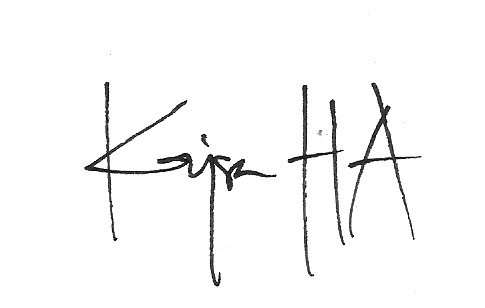 I thought I’d promote this lovely competition, Design for the First World – in short, Dx1W, because it is witty, spot on and relevant. By addressing First World problems and speaking to professionals in developing countries, it is directly opposite to so much else I see. The more traditional approach, like the 10 ideas for Africa I wrote about the other week is so much more common.
I thought I’d promote this lovely competition, Design for the First World – in short, Dx1W, because it is witty, spot on and relevant. By addressing First World problems and speaking to professionals in developing countries, it is directly opposite to so much else I see. The more traditional approach, like the 10 ideas for Africa I wrote about the other week is so much more common.
So this is exciting! I know I’d spend too much time explaining it, so let me just give you the information in original:
“Dx1W has proclaimed 2010 International Year of the First World in Need, and has defined four main areas to address:
– Food Production and Eating Disorders,
– Aging Population and Low Birth rate,
– Immigration and Integration to Society,
– Sustainability and Overconsumption.Furthermore, one of the major aims of the Year will be to demonstrate the beneficial effects of cultural diversity. We want to recognize the importance of transfers and exchanges between cultures through implicit or explicit dialogue that underlines how cultures and civilizations are interlinked and contribute to the progress of humankind.”
Yes, Food and eating…They have a point here. Population has been deemed the next big crisis for Europe, so good problem to attack. Immigration and integration issues gain attention by the day, but maybe my favorite is the issue of sustainability. If everybody shopped like the West, we’d need more earths!
Ok, some good topics and progress of humankind. Sounds good! Then the organizers of Dx1W go on on a little rant on “solutions” from the west which I think is well deserved, although I feel “pay back” might be taking it one step too far – aid or solutions most often has a good intention behind it (?). Similarily, I think this competition should be done with a helpful attitude and not as a frantic “pay back” attack.
“Our fellows in the first world often come to visit and give us their well intentioned but often very problematic “solutions”. We thought, why don’t we pay back? Dx1W is a competition for designers, artists, scientists, makers and thinkers in developing countries to provide solutions for First World problems.
Deadline May 30st, 2010 11:59 p.m. EST”
All this is just the beginning. For more inspiration, read the Dx1W Blog.
What do you think? Is this just the first initiative, of many to come, to help the First World? A silly prank? An idea that has your full support?
Pic borrowed from Swedish fashion company H&M’s spring collection 2009. Where they had borrowed their inspiration from was not too clear.




 Up until about two months ago, I had no clue Accra had its own planetarium. Not knowing what to expect, I went for an event and came out amazed and much wiser…
Up until about two months ago, I had no clue Accra had its own planetarium. Not knowing what to expect, I went for an event and came out amazed and much wiser…
